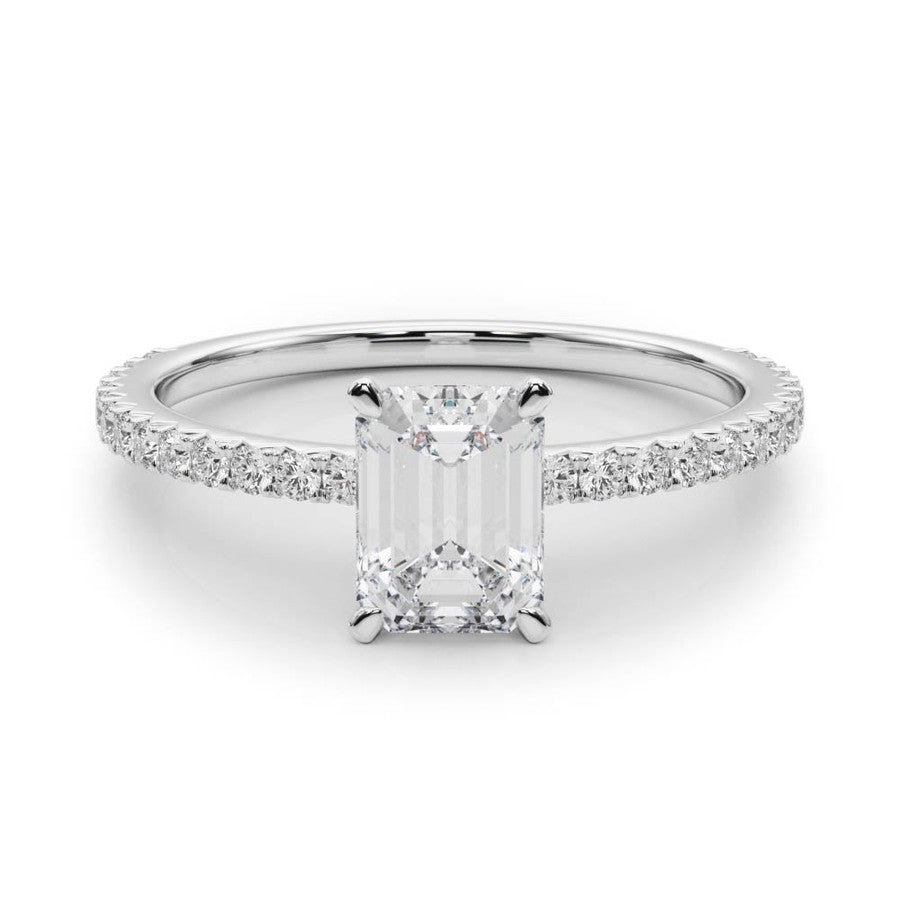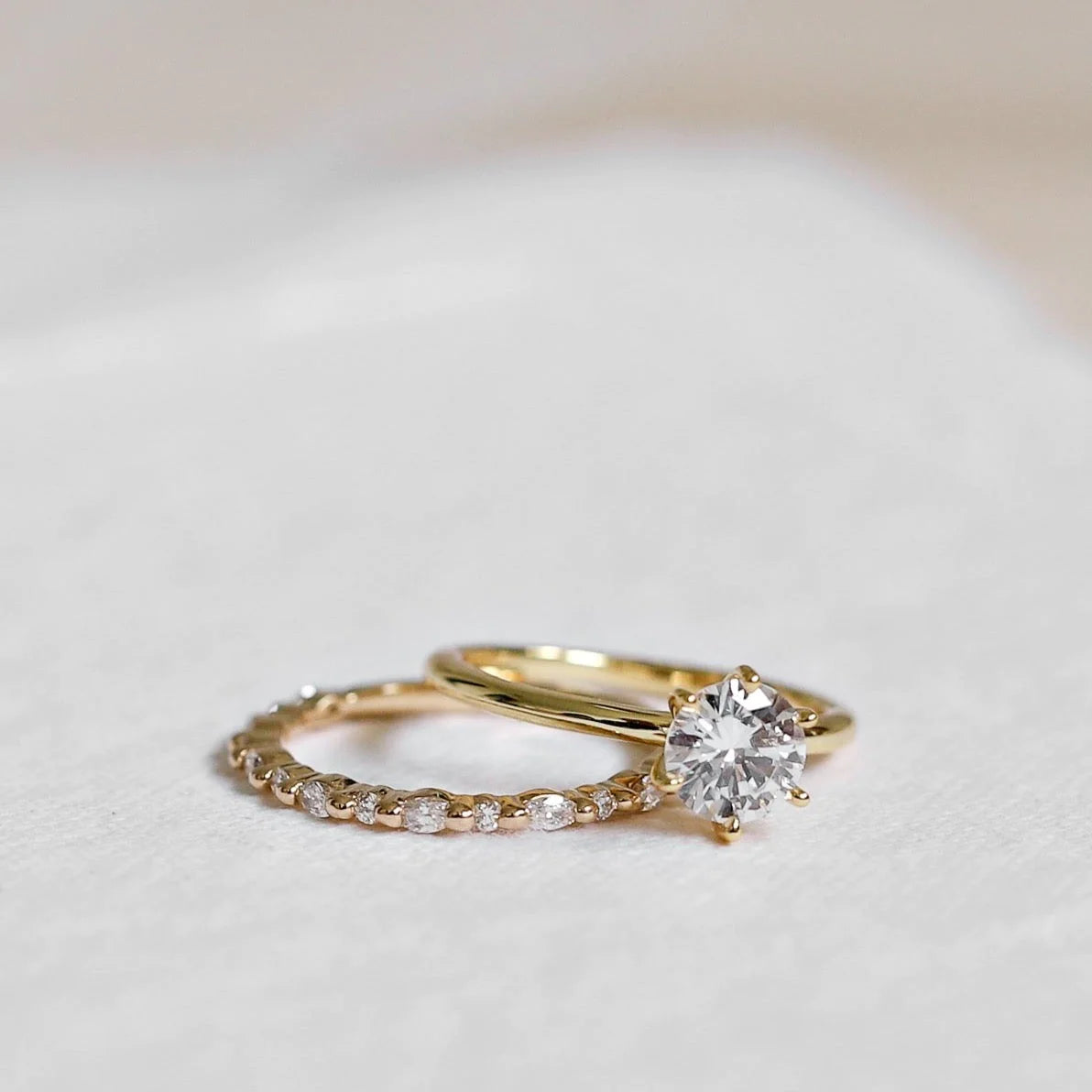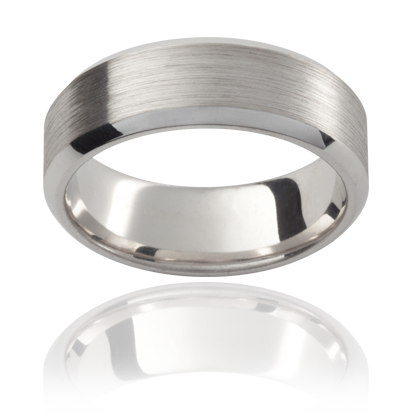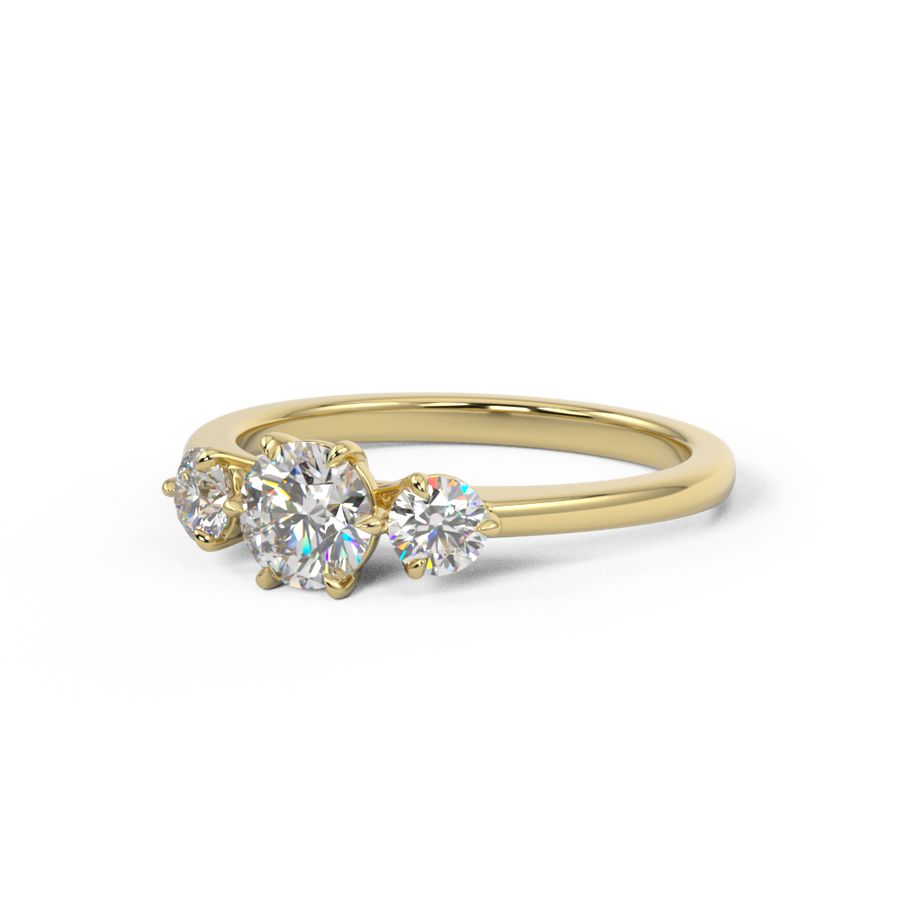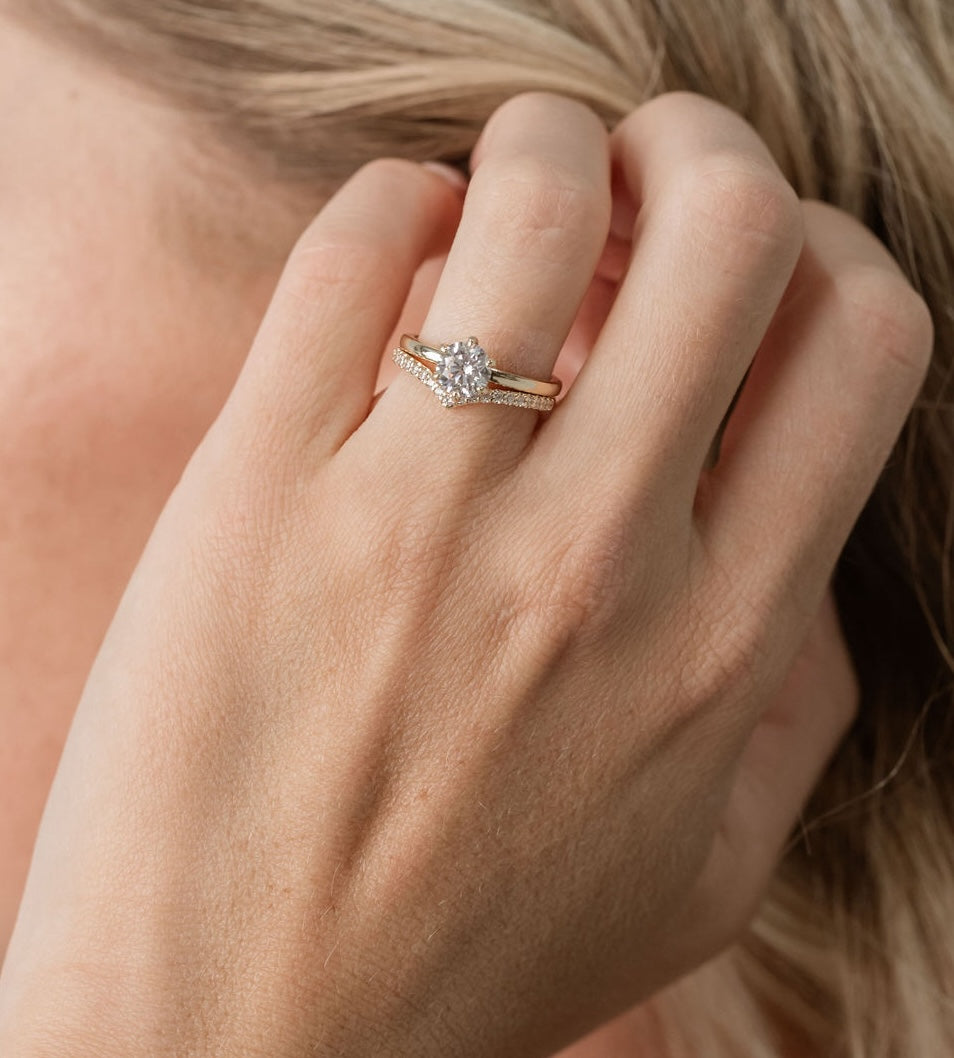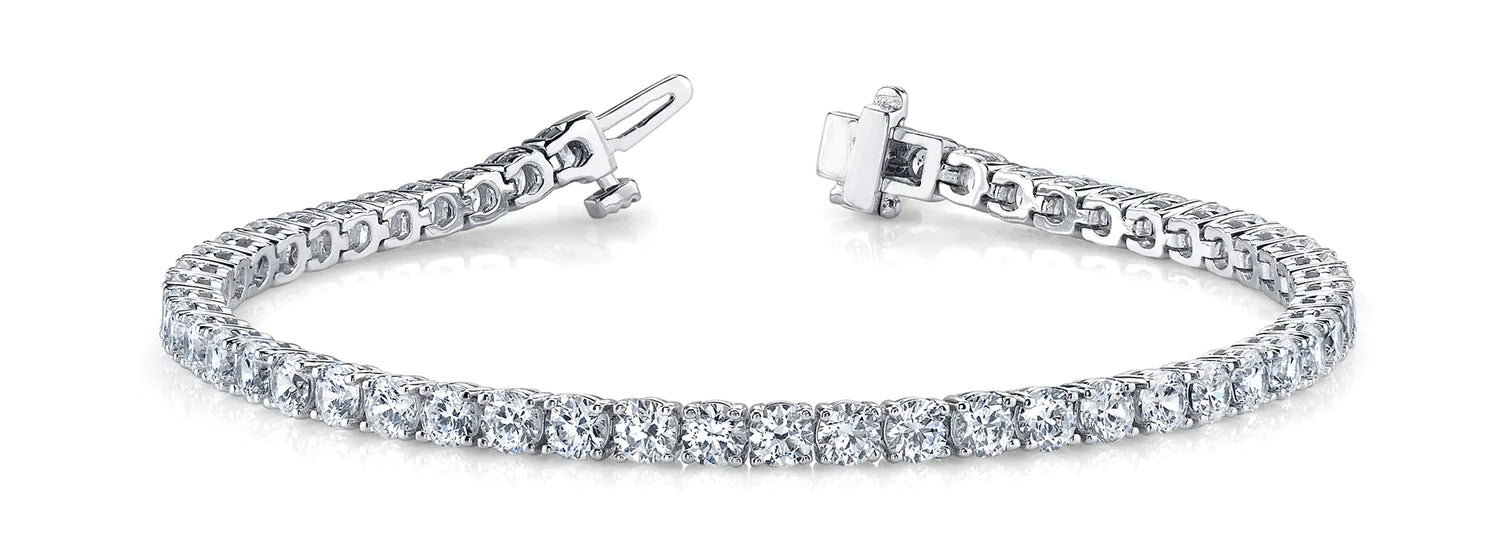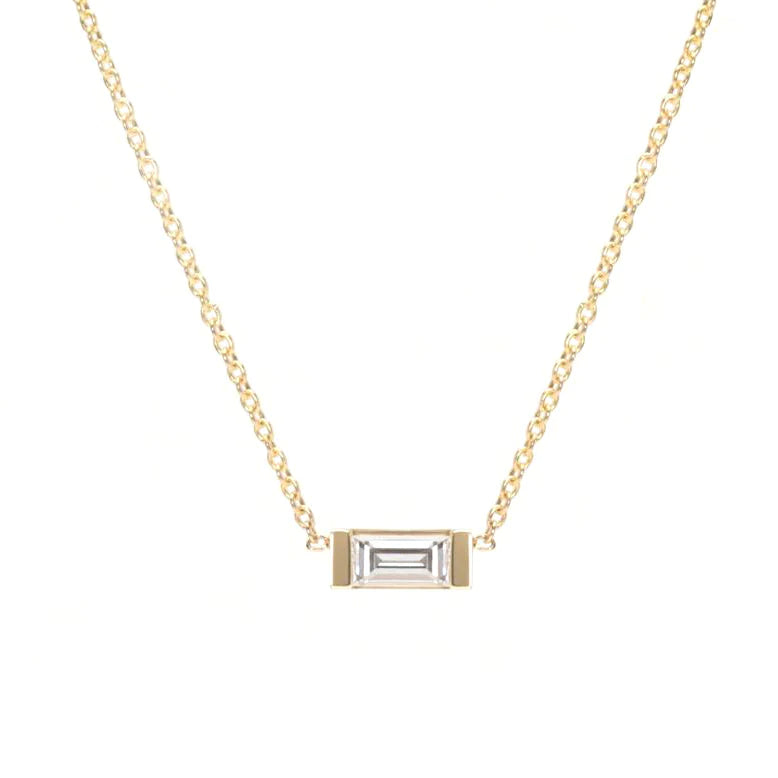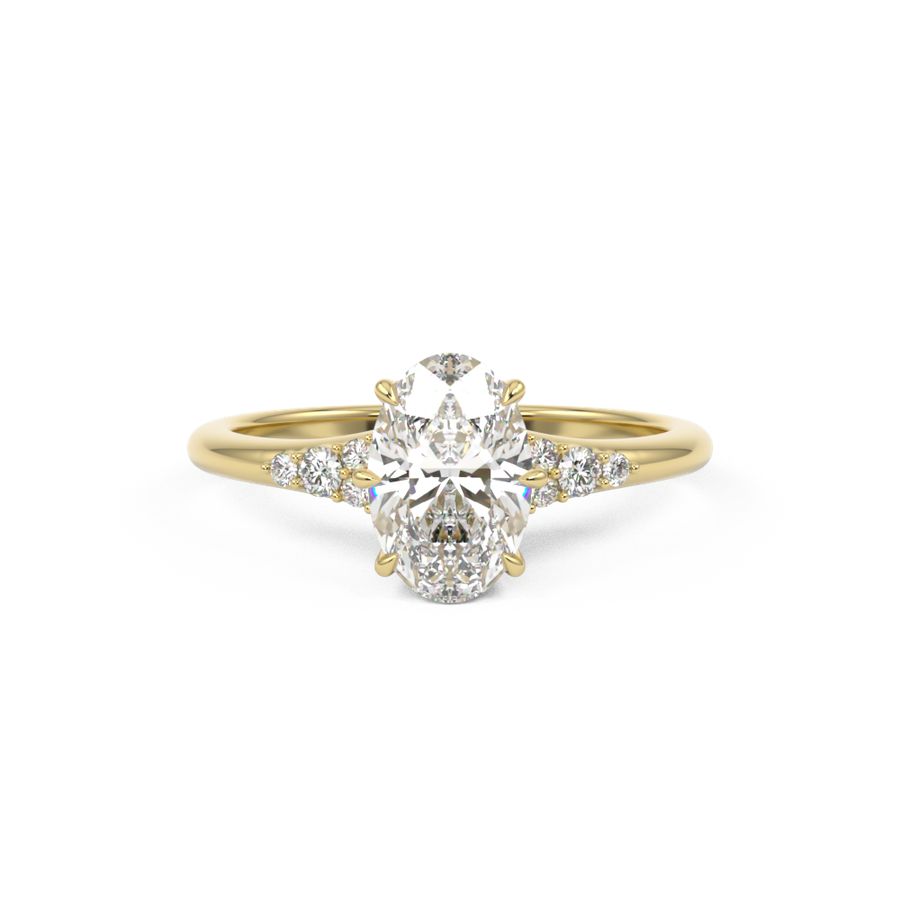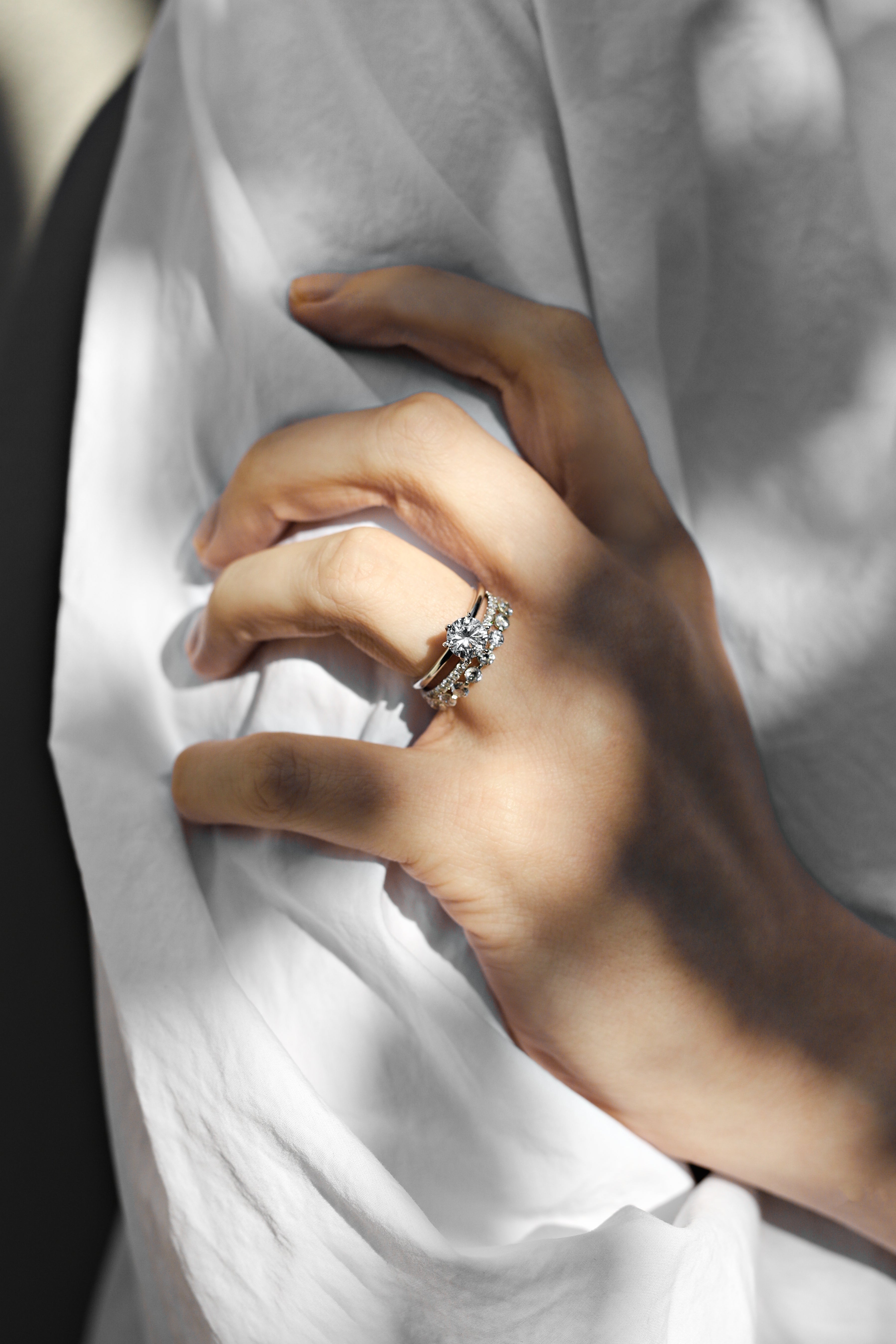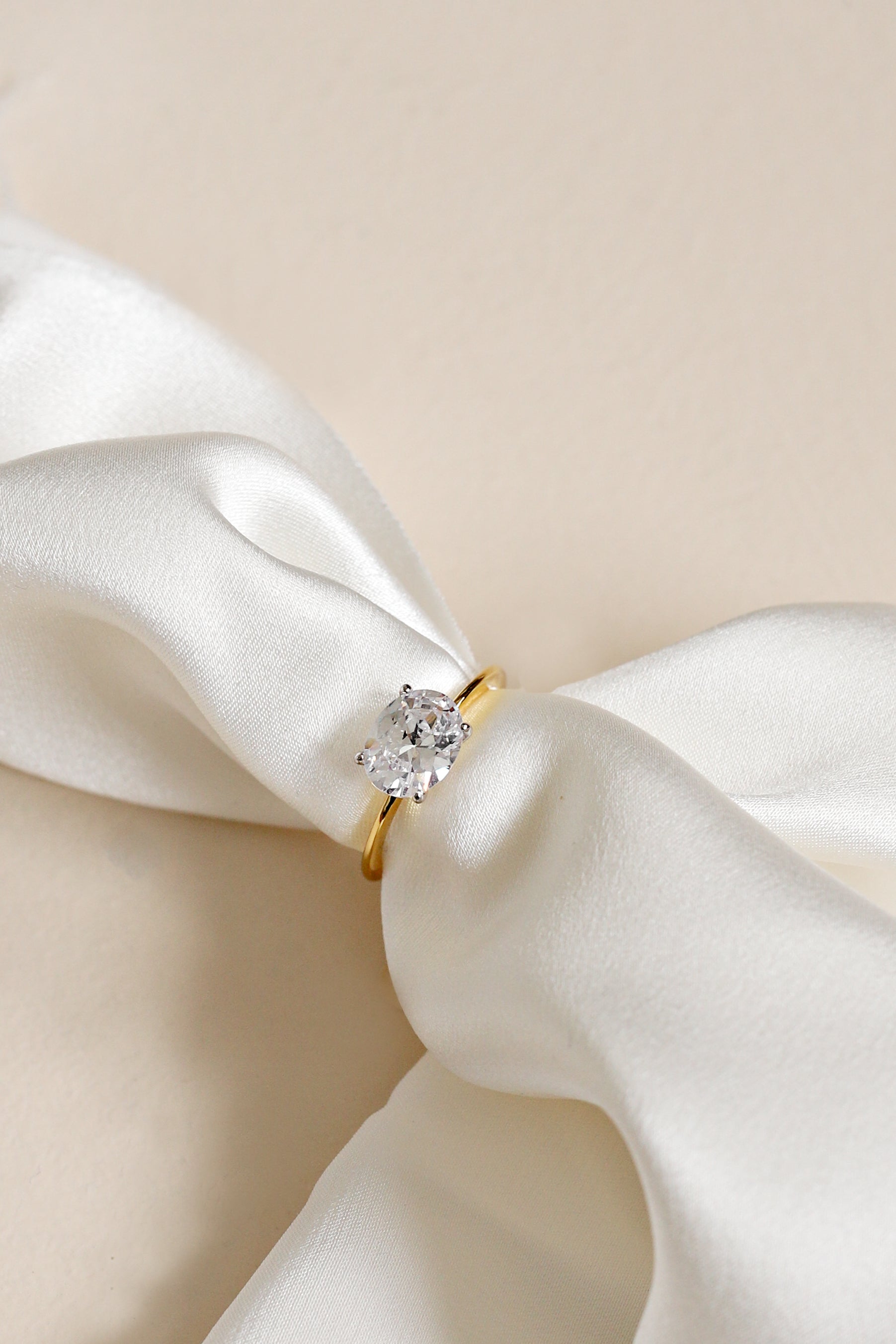Sodalite
Structure and Properties of Sodalite
- Sodalite's structure was first studied by Linus Pauling in 1930.
- The structure consists of tetrahedra with silicon and aluminum atoms at the corners.
- Oxygen atoms link between the SiO and AlO tetrahedra.
- The structure contains six-membered and four-membered rings of tetrahedra.
- Sodalite's structure can expand and uncrumple with increasing temperature.
- Sodalite is a feldspathoid mineral named after its sodium content.
- It is known for its blue color, but can also be grey, yellow, green, or pink.
- Sodalite is often mottled with white veins or patches.
- It is relatively hard but fragile and can be used in jewelry and various applications.
- Sodalite exhibits fluorescence under ultraviolet light and may show tenebrescence.
Hackmanite
- Hackmanite is a variety of sodalite that exhibits tenebrescence.
- It can change color from pale violet to greyish or greenish white.
- Hackmanite from Afghanistan and Myanmar Republic turns violet to pink-red in sunlight.
- Tenebrescence can be accelerated by ultraviolet light.
- Hackmanite may also fluoresce orange under UV light.
Occurrence of Sodalite
- Sodalite was first described in 1811 in West Greenland.
- It is typically found as vein fillings in plutonic igneous rocks.
- Sodalite is associated with minerals like leucite, cancrinite, and natrolite.
- Significant deposits of fine material are found in Canada and the US.
- Smaller deposits are found in South America, Portugal, Romania, Burma, and Russia.
History of Sodalite
- The Caral culture traded for sodalite from the Collao altiplano.
- Sodalite has been known since the early 19th century.
- Its structure was studied by Linus Pauling in 1930.
- Sodalite has been used in various cultural and historical contexts.
- It continues to be valued for its beauty and unique properties.
Definition, Composition, and Synthesis of Sodalite
- Sodalite is a mineral belonging to the sodalite group.
- It is composed of sodium, aluminum, silicon, and oxygen.
- The chemical formula of sodalite is Na8Al6Si6O24Cl2.
- It has a cubic crystal system and a Mohs hardness of 5.5-6.
- Sodalite is often blue in color, but it can also be found in other colors such as white, gray, or green.
- Sodalite can be synthesized in the laboratory through hydrothermal processes.
- The crystal structure of sodalite consists of cages formed by interconnected tetrahedra of silicon and aluminum.
- These cages can accommodate various cations and anions, leading to the formation of different sodalite compositions.
- Enclathrated sodalites, where guest molecules are trapped within the cages, have been successfully synthesized.
- The crystal structure of sodalite is widely studied for its applications in materials science and catalysis.
Applications and Uses of Sodalite
- Sodalite is commonly used as a gemstone and in jewelry making.
- It is also used as a decorative stone in carvings, beads, and cabochons.
- Sodalite is sometimes used as a substitute for lapis lazuli due to its similar blue color.
- In industry, sodalite is utilized as a source of sodium and aluminum.
- Its unique optical and fluorescence properties make it desirable for collectors and enthusiasts.
Sodalite Data Sources
| Reference | URL |
|---|---|
| Glossary | https://harryandcojewellery.com.au/blogs/glossary/sodalite |
| Wikipedia | http://en.wikipedia.org/wiki/Sodalite |
| Wikidata | https://www.wikidata.org/wiki/Q410759 |
| Knowledge Graph | https://www.google.com/search?kgmid=/m/02bpb4 |

